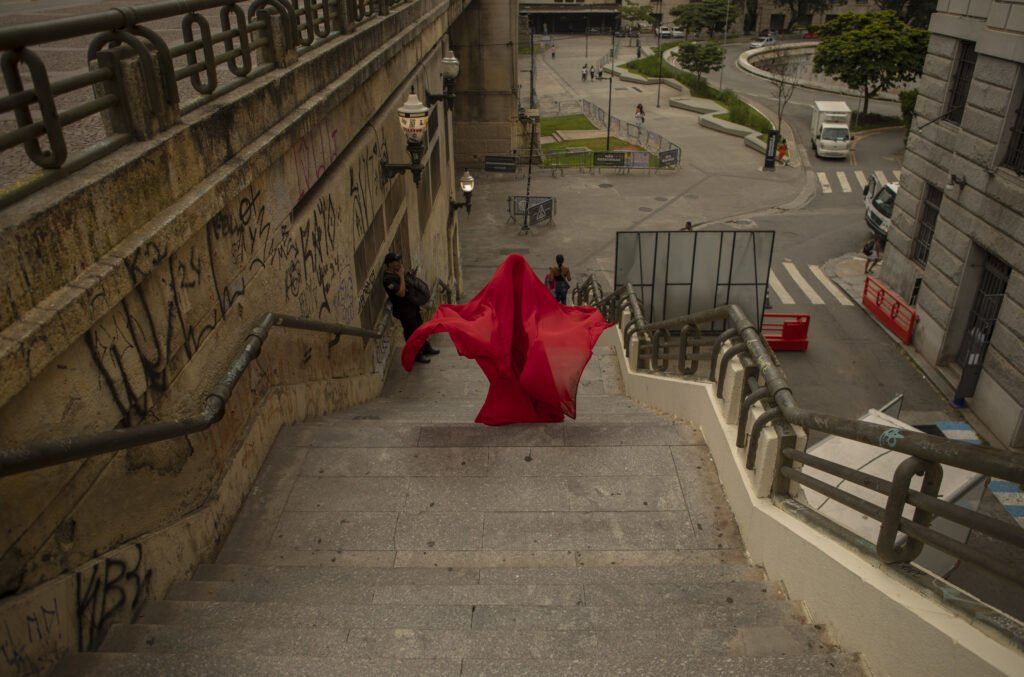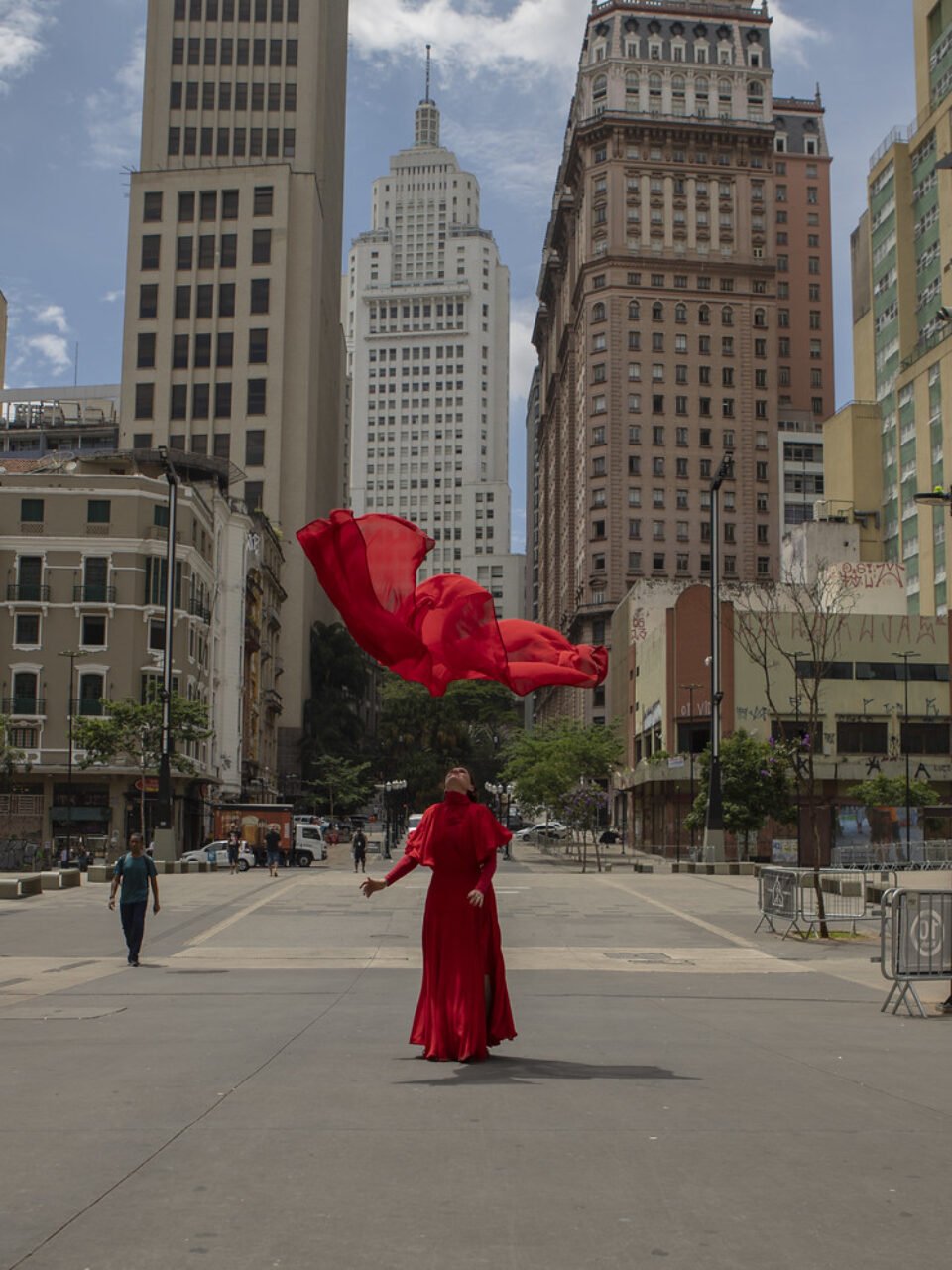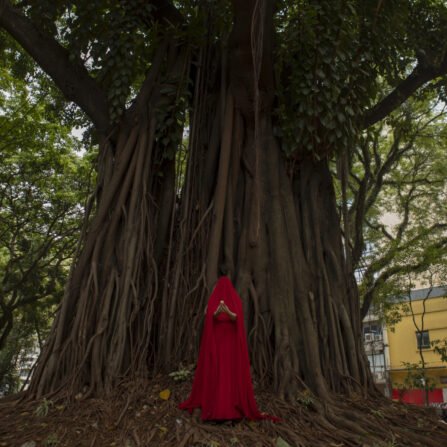Please introduce yourselves and share a bit about your journey?
Anders
I’m Anders, Country Manager of DCI in Brazil since 2020. I’ve been living in Brazil since 2012 and started working with the Institute that same year, initially in project management and production. In 2015, I transitioned to a full-time role, working for five years in Rio before we moved the Institute to São Paulo in 2021. One thing took the other and now here we are.
A little about myself—I’m a musician, trained at the Conservatory of Copenhagen and the New School for Social Research in New York. I’ve also done some management studies at Copenhagen Business School. Over the years, I’ve been involved in loads of projects, both in the arts and cultural management.
Gry
My name is Gry Worre Hallberg and I am a performance artist and holds PhD in artistic research. I’m the founder and artistic director of a performance group called Sisters Hope. It’s called Sisters Hope because it was initiated with my poetic twin sister. And do you want something more personal about me also? She laughs
Perhaps you can tell us a bit about why you started this project?
Gry
Sisters Hope originated from a personal longing to immerse in spaces of deeper poetic modes and sensuousness. It began as a desire to inhabit such spaces, leading us to create rituals for ourselves, not intended for public gaze. Eventually, we brought these rituals into the streets, like in front of the National Bank and at the top of the Royal Theatre. What started as private rituals evolved into an interventionist strategy, creating these spaces in the public realm. In 2012, the preparations for the first large-scale manifestation began, involving a larger team of light-, sound- and set-designers, performers and technicians. This marked the expansion of the group beyond our initial symbiosis.
Resonance Across Borders
What are the most interesting synergies you’ve discovered so far in this project between DCI and Sisters Hope? From your discussions, cultural exchanges, and collaborations—both in Brazil and beyond.
Gry
The project began as a dialogue between me and Camilla (the CEO of the Danish Cultural Institute). Our vision of a ‘Sensuous society’, one that moves beyond economic rationality, resonated with the idea of exploring different cultural contexts. We wanted to explore the sensuous and poetic on a global scale, as we all exist in diverse cultural landscapes.
As I mentioned earlier, there’s a shared poetic realm within humanity. Through Sisters Hope, we often see people reconnect with something deeper in themselves, revealing a common thread across cultures. Our vision is to highlight this connectivity through art and culture, debating and exploring how a more sensuous society can shape our world and reinforce a shared planetary connection.
Anders
It has a cosmic quality to it, right?
Gry
Yes, absolutely. And Anders, you’ve worked with DCI for a long time. Have you encountered similar cross-institutional connections before?
Anders
It’s fascinating and challenging because each country we work in is radically different. I think it’s a very powerful thing you are bringing. Your research is deeply rooted—both academically and artistically—making it a strong proposition. What intrigues me especially is understanding the lasting impact of this work. What imprints does it leave behind here?
You and I have explored various possibilities while organizing this, like engaging with an indigenous village in the south of the municipality of São Paulo. It hasn’t been easy—we’ve faced setbacks and had to cancel plans, even after working on this for two years. But now, being here is incredible. We’ve found a meaningful way to express this impact—what we might call a “rub-off effect.” Through deeper encounters, we aim to leave something lasting.
That’s also how the idea of the Brazilian performance artist Marcela Fulô’s participation came about. It was really great that we could organize a selection process, and a residency with an onboarding course for her at the Sisters Hope Home in Denmark with such short notice. She integrated into the group, and it’s been amazing to see how well that has worked out. She returned from her experience at Sister’s Hope Home absolutely radiant and energized. She even came and gave a full PowerPoint presentation at the Institute, breaking down every part of the experience. It was incredible to see her enthusiasm and how deeply it resonated with her. I think this kind of intercultural exchange is powerful—what does it bring to you? What does it bring to her? That’s what excites me.
Gry
I’m really glad you pushed for it and that we made it happen. It may seem simple—just one person joining the experience—but so many small things must align for the rhythm to emerge and for true resonance to take place. What we do is quite radical and different; it can’t just be translated as a performance. Sensitivity, timing, and rhythm all play a crucial role. Marcela arrived at the right moment and had the right experience, and now we’re here at the right time too.
When you create spaces of resonance and they actually work, that’s cultural connectivity on a deeper level. It’s more than just an exchange—it’s kindred spirits coming together, playing in harmony. And kindreds can be found everywhere, whether in the people we directly collaborate with or even in random encounters on the street. Some may see what we do as strange, while others recognize something familiar in it. That’s the frequency we tune into—a network of people who, in their own ways, are moving toward a different kind of future.
Anders
This resonance is beautiful, but it’s also a risk—one that involves continuously refining and creating the right conditions for it to thrive. That’s what makes it meaningful. In a way, I was doing something completely different but similar through music—many musical projects operate on the same principle. It’s an essential artistic mission. And it happens at all levels, from Marcella as a performer to conversations like the one we’re having now. Two years ago, we might not have been able to connect in the same way. So, this is also a patient project—one that unfolds over time.
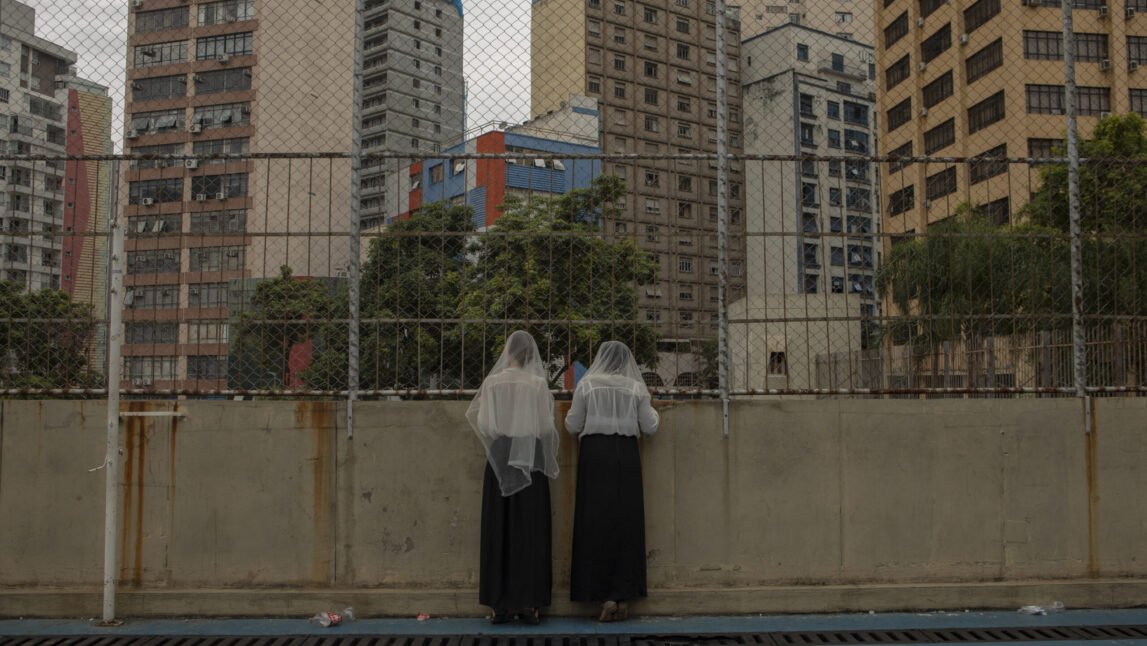
Patience, Resistance and Resilience
Gry
Maybe patience is something worth discussing because with patience, there is also hope. We are living in times of crisis—on many levels—but the real crisis happens when we lose hope. Without hope, no positive force is activated to move things in a different direction. If hope is gone, action stops. This isn’t about naive hope, but rather a determination to move forward—one step at a time. And that requires patience. Like you said, it took two years to get here, and now we’re discussing a Part B that might take another three years. It’s about long-term thinking instead of quick, in-and-out cultural production, which I see as an old way of working.
Anders
Totally. I’d add two more words to patience: resilience and resistance. These are two qualities deeply present in Brazil. People face so many challenges daily that resistance becomes necessary, and resilience is something they practice constantly. It’s a skill you train every day. It’s like two sides of the same coin—hope and patience, resilience and resistance.
Gry
Tonight, I’ll go home and write this in my notebook—sensing the world. It’s an interesting reflection, and it also resonates with our work in endurance and long-term artistic practice. Sometimes, these connections aren’t immediately obvious, but if you listen, they emerge.
Anders
We just arrived here now from a visit to a favela, where Gabriel and Andriana (project managers from ICD) will be leading an intervention very soon. That’s resilience and resistance in action, happening right away. It makes me reflect on what art can really do. What is its role for us and for the world?
Your practices and studies deeply align with DCI’s mission, which is exactly why we’re doing this as a first strategic global collaboration. There is this deep resonance.
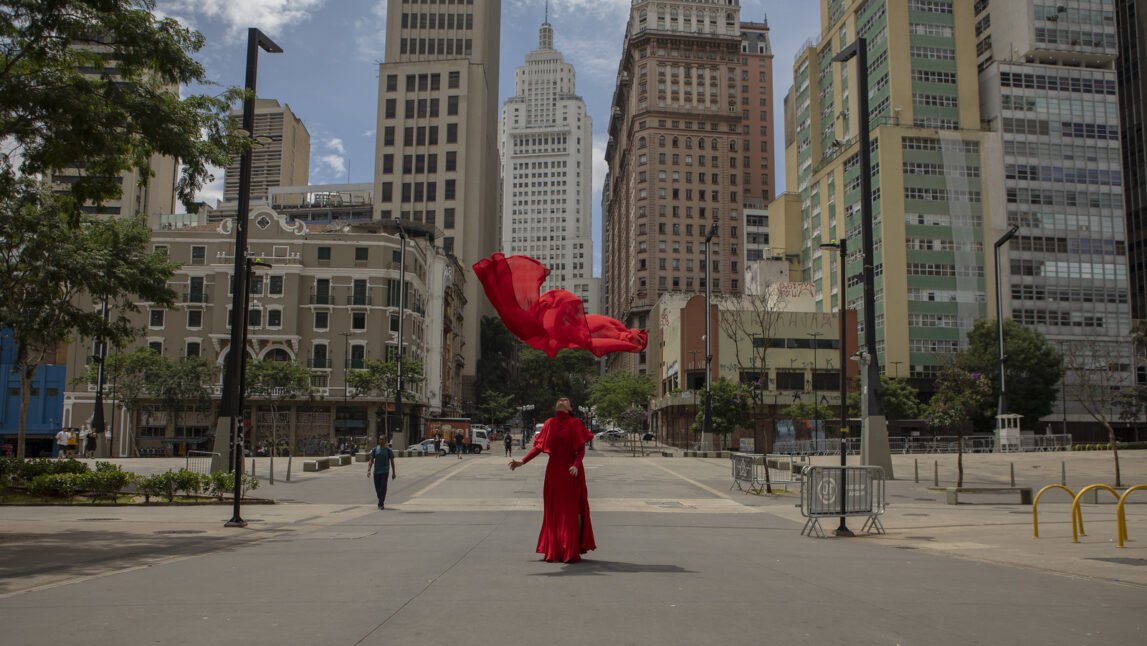
The Inhabitation of Art
How does Sisters Hope work with transforming people’s perceptions of art—specifically in relation to sensory experience?
Gry
Well, that’s also the title today: Inhabitation: A New Artistic Paradigm. Because in the past – during the industrialization – art became autonomous. And by this, we also created the idea of the art genius—someone with a unique, transcendent intelligence. This led to art becoming exclusive in two ways: first, it existed within its own autonomous sphere, and second, it was made inaccessible to the public. During the industrialization and the Enlightenment, the belief emerged that one needed a special kind of intelligence to fully engage with art.
As a result, art was both capitalized and confined within its own system—where access to the sensuous and the poetic modes was possible, but only from within. Outside of that system, people could only observe—it became art fostering spectatorship rather than deep engagement. There have been different movements in modern art history where it’s more participatory —such the avantgarde movements and performance art —but we aim to go beyond temporary participation. We want to shift toward permanent inhabitation of the arts. That’s also central to today’s talk: moving from both brief engagement and temporary participation to inhabiting art. This concept is still evolving, still being shaped, but I see it manifesting through both spaces and practices. For example, we create art spaces where people can physically move in and inhabit the arts. But it’s not just about external spaces—it’s also about internal transformation. That’s why we practice the poetic self, a way to discover and cultivate one’s own poetic empowerment—something everyone possesses. It simply needs a nest to be nurtured in to enter the world.
I see Sister Sensing the World as another practice of poetic empowerment – another way to inhabit art. While spaces can be designed for this purpose, true inhabitation happens within. The question then becomes: how do we cultivate that creative empowerment and bring it into daily life?
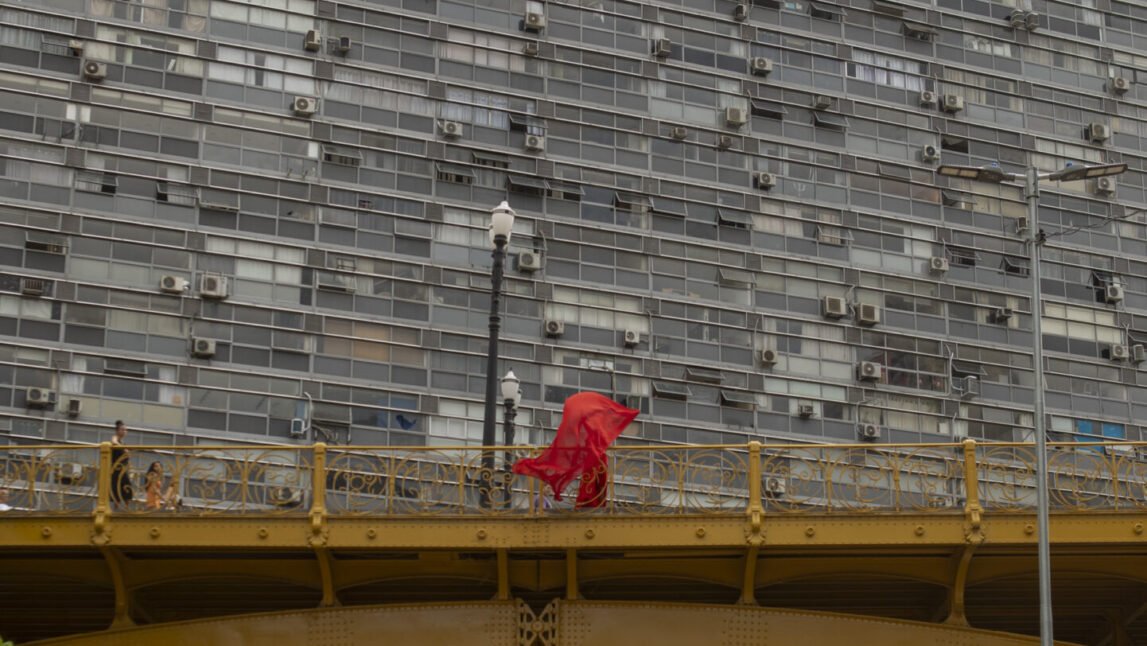
Inhabiting Art: Beyond Separation and Towards a New Way of Being
Anders
I watched one of your TEDx talks, which I highly recommend. You quoted Joseph Campbell, talking about the four buildings that govern society. It’s such a great concept. And now, reflecting on what you were saying, I’m thinking about how Campbell organized his ideas about religion. If you draw a parallel between art and religion, he discusses religions of identity versus religions of relationship.
Christianity for example, where God is outside of you, and you related to this external force. In the Middle Ages, if you suggested that God was within you, that would have been heresy, and you would be probably be executed. But in practices like Buddhism, it’s the opposite — the idea that God is within you, not outside of you, so it´s a religion of identity. It was just an association, but I see an interesting connection here. You were talking about art as a form of relationship, something outside of us, as opposed to something within me, or that I inhabit — it’s an art of identification, just like a spiritual one. The arts become a space where we co-exist, interact, and live.
Gry
I think it’s a really powerful parallel. It recalls Gregory Bateson, the ecologist, who in his 1972 book Steps to an Ecology of Mind argued that, while we need structural changes to address the climate crisis, we also need to shift the way we think — our epistemology. But I’d go even further — we need a new ontology, a new way of being in the world. We live in the Anthropocene, and humans are at the root of the crisis. If we change, the problem changes with us.
Bateson emphasized the need for a fundamental shift in how we understand our place in the world. What you’re saying about capitalism makes total sense — it’s built on the idea of separation. Capitalism teaches us that everything valuable is outside of us, so we’re always in pursuit of something external. This mindset keeps us in a constant state of hunger and competition, which fuels productivity and accumulation. But in reality, we are part of nature, we are nature. That’s a scientific fact. Yet capitalism has made us forget that. To overcome this separation, we need to change our perception — and the church has historically played into that separation too. The way we’ve been taught to view ourselves as distinct from nature or from the divine is deeply embedded in our thinking. This creates a mental illnes of sorts, a false dichotomy. Wer need to cultivatre new mental ecologies.
Anders
Everything you’re saying now resonates with what we’ve been working on in Brazil since 2019 with our game initiative PoN. We focus on the cultural dimension of the transition to a sustainable society. While technical solutions are absolutely necessary, we also need to address how we think about sustainability. We need those technical solutions now, but we also need to rethink how we approach the world. Everything is connected to politics in a sense. We need technical solutions, but the real question is: how do we get to a sustainable future if we’re still thinking the way that got us into this mess? That’s what you’re pointing out — it’s about shifting both our epistemology and our ontology.

A Journey of Collaboration: Connecting Through Practice and Resonance
What are your expectations and results for this global project? What do you hope to achieve with it?
Gry
I’m not really expecting any specific results. What I’m hoping for is a long, patient dialogue and collaboration. It doesn’t necessarily need to lead to a result right away; what matters is continuing the conversation, sharing ideas, and finding ways to move forward through that process. It shouldn’t be still but doesn’t have to be fast.
We’re also having conversations with other partners to explore collaborations and initiatives in Brazil. This kind of exchange is about moving forward through practice. If there’s no practice, there’s no dialogue. It’s the same with art — it’s all about collaboration through action. If we create something that resonates with people and speaks to the context, it gives us the mandate to engage with the world.
But it’s not just about getting permission to speak. We do it because we love the practice. That’s why I do it — it’s what I love, what I want to do. And that also opens up space to speak from a place of genuine experience and action.
Perhaps, in the small corner of the world that is the nation we were born into, we can come together as a stronger voice. I believe DCI is already a powerful voice, but the more who join the choir, the greater the impact. A large-scale project can embody that idea—demonstrating its truth. And hopefully, wherever we go, kindred spirits will emerge from the ground, taking root, branching out, and spreading further.
The Walk in Brazil was brought to life in partnership with SESC, featuring a public manifestation, an artist talk, and a poetic workshop in January 2025.
